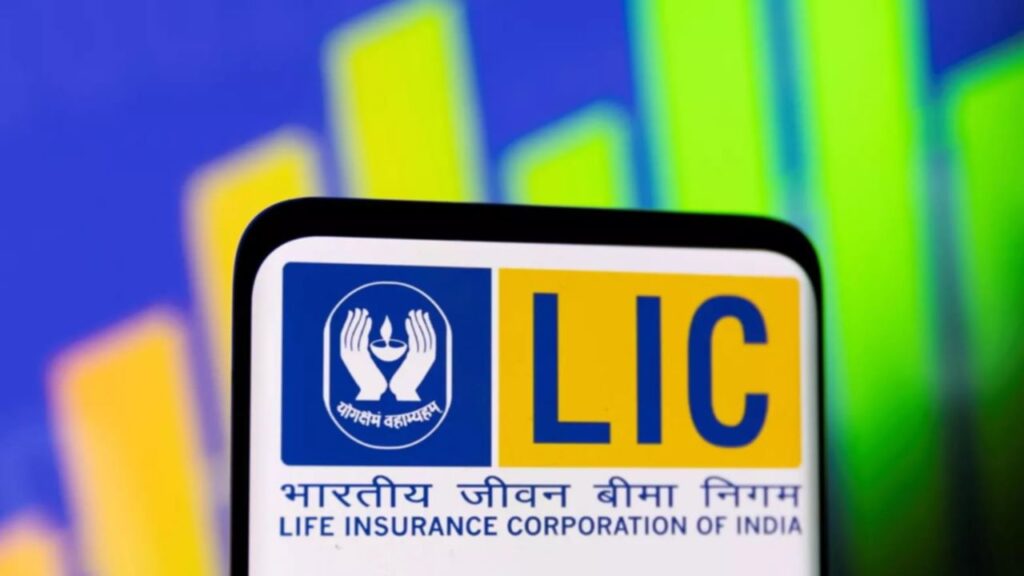The Life Insurance Corporation of India (LIC), the largest insurance company in the country, has urged the Insurance Regulatory and Development Authority of India (IRDAI) to amend new regulations concerning the surrender value of insurance policies. This statement comes at a time when there is less than a month left before the new rules are set to take effect.
When a policyholder decides to surrender their insurance policy before maturity, they receive the surrender value of that policy as a return. However, most insurance companies adhere to a three-year lock-in period. This means that if an individual surrenders their policy before completing three years, they will receive no surrender value.
New Regulations Approved in June 2024
Recently, IRDAI approved the new regulations linked to surrender values after extensive consultations with companies in the insurance sector. The final guidelines were released in June 2024. Despite this, LIC has now requested IRDAI to modify these rules.
Also Read
According to a report by CNBC, the new guidelines have increased the surrender value, which will now amount to 70% to 75% of the premium paid, compared to the previous limit of only 30%. This significant change effectively doubles the benefit for insurance customers. LIC has requested revisions in how surrender value is calculated.
How is Surrender Value Calculated?
To illustrate, let’s assume you purchase a life insurance policy for a term of 10 years with a sum assured of ₹2 lakh. Your annual premium would be around ₹20,000. Upon maturity, you receive a bonus of ₹1 lakh, giving you a total return of ₹3 lakh. The sum assured value is calculated using the following formula:
| Number of Premiums Paid | _____________________ | Maturity Policy Return |
| Paid Premium | _____________________ |
When calculating the surrender value, the old rules included a cushion of 50 basis points. The yield of 7% on ten-year government bonds was used as a benchmark. Now, LIC has requested an increase in this cushion and suggested benchmarking based on policies and plans instead of relying solely on a fixed interest rate derived from the yield of ten-year government bonds.
Currently, about 70% of the total funds from insurance plans are invested by insurance companies in 30-year government bonds. The present yield on ten-year government bonds stands at approximately 6.86%.
The Implications of the New Regulations
The push from LIC to amend these new regulations indicates the evolving landscape of the insurance sector in India. As policies and financial products undergo changes, consumers are likely to benefit from higher returns. Understanding how surrender values work and the factors influencing these calculations is crucial for policyholders contemplating the future of their insurance investments.
Key Takeaways
- LIC has requested amendments to IRDAI’s new surrender value regulations.
- New guidelines potentially increase surrender value for policyholders significantly.
- Understanding the calculation of surrender value is vital for making informed decisions about insurance policies.

